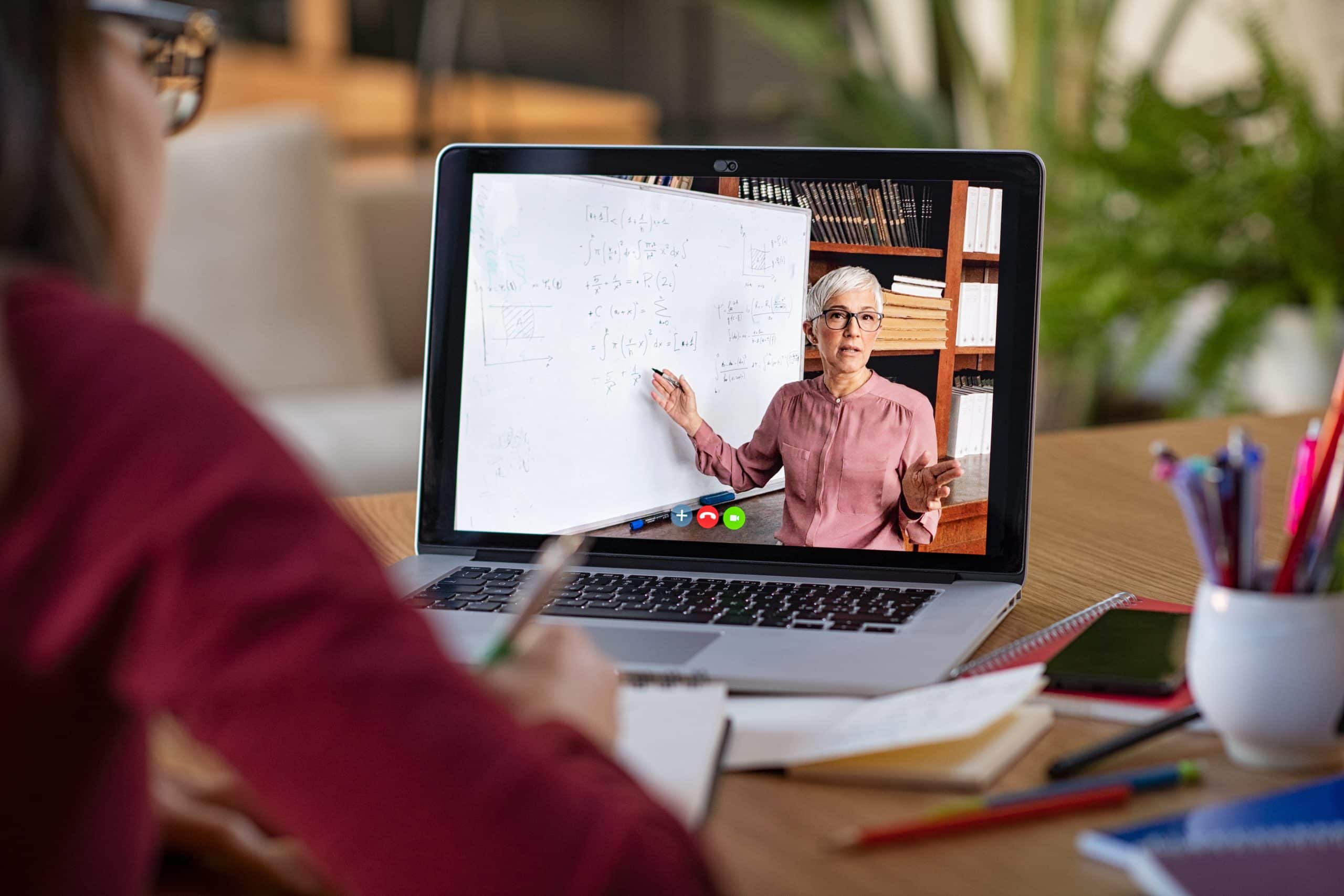As schools continue to prepare for an uncertain COVID-19-impacted future, one thing is certain: the more we understand about various remote, online, and blended learning approaches, the better.
For over a decade, the Christensen Institute has been studying and providing insights into blended learning principles, design, and implementation strategies. Here, we lay out some of our most current and most extensive resources.
1. For practitioners and stakeholders interested in learning about all aspects of blended learning:
What is blended learning? What are the different models and what are some helpful real-life examples of these models? How can I design a blended program in my school or district? Find the answers to these questions and more on our Blended Learning Universe (BLU) website specifically dedicated to helping classroom, school, and district practitioners. As a helpful starting point, here’s where you can find:
- The basics: The definition of blended learning and why it matters for student learning.
- The models: Seven models that range from “Station Rotation” to “Enriched Virtual.”
- Design help: No matter where you are in your blended learning journey, we provide strategies for successful implementation.
- Research and data: Recent research reports, as well as data from 2016-2019 on which US schools are implementing blended learning and how.
2. For recent, quick-hitting blogs and contributed pieces on best practices related to blended, remote, and online learning during COVID-19:
- “The blended learning models that can help schools reopen” If bringing students to school part-time is an option in the fall, schools don’t have to invent new approaches from scratch. Discover the blended learning models that, based on our research, are well suited to a staggered approach.
- “Revisiting Blended Learning Principles, With School Plans in Limbo” In this piece for EdSurge, blended learning expert Thomas Arnett emphasizes that the scheduling scenarios schools are having to work through shouldn’t be mere logistical planning exercises to limit headcount. Instead, educators should consider how blended learning can help reimagine resources and scheduling to maximize learning during both online and face-to-face time. He highlights how three blended learning models can help do just that.
- “The online edtech that helps educators make distance learning less distant”: Students can and should continue their learning during stay-at-home mandates. But getting remote learning to work well requires feedback loops between schools and families.
- “Now is the moment to lean into student agency”: Tips and strategies on how to nurture students’ abilities to contribute and lead, which can have big payoffs as schools face ongoing uncertainty.
- “3 ways to design for equity in distance learning this fall”: Distance learning designs for the fall must have equity baked in from the beginning to have a chance at supporting underserved students well. Here’s how.
3. For in-depth insights on the evolution of blended learning and its relationship with the classroom, as well as implementation exercises:
- Blended: Using Disruptive Innovation to Improve Schools is the field guide for implementing blended learning techniques in K–12 classrooms. A follow-up to the bestseller Disrupting Class by Clayton M. Christensen, Michael Horn, and Curtis Johnson, this hands-on guide expands upon the blended learning ideas presented in that book to provide practical implementation guidance for educators seeking to incorporate online learning with traditional classroom time.
- The Blended Workbook: Learning to Design the Schools of Our Future is the practical companion to Blended. Through real-world implementation exercises, this workbook will help educators get the most out of the text. From understanding the basics of blended learning to fine-tuning a current program, this workbook gives hands-on practice that will help educators develop a plan for their own classrooms or schools to help create student-centered education.



